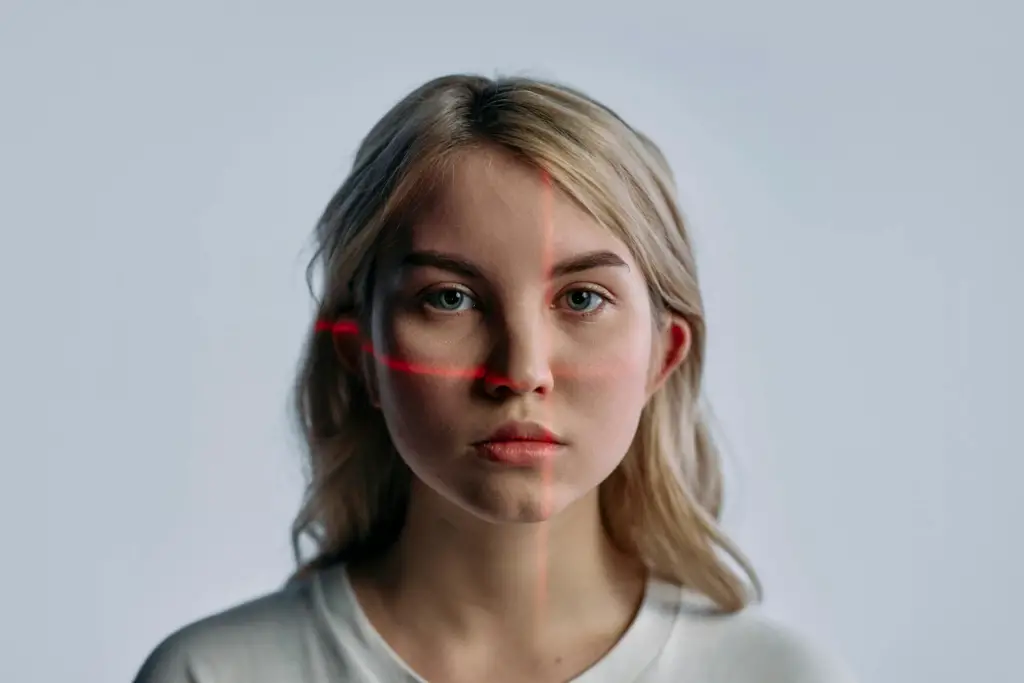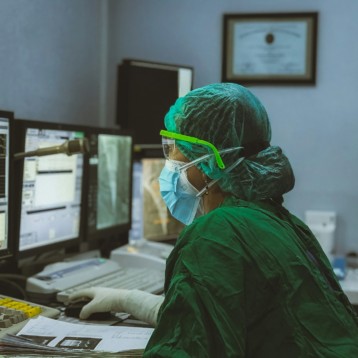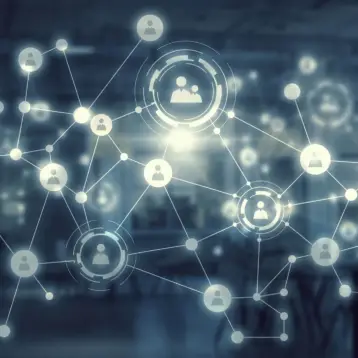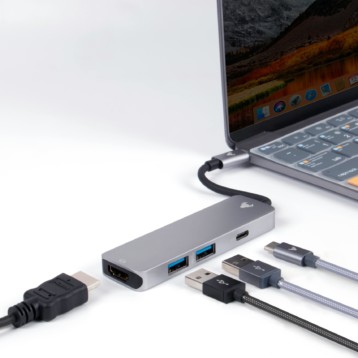
In today’s rapidly changing digital world, facial recognition technology has become a key player in security and surveillance. This technology that was once a figment of science fiction imagination is now a reality, and not just a reality, but a technology that enhances public safety in a myriad of ways. Let’s learn the intricacies of facial recognition, its applications, benefits, operational steps, innovative uses beyond security, and the ethical considerations and challenges it entails.
Deciphering Facial Recognition
Deciphering facial recognition technology involves understanding its foundation in biometric authentication, which distinguishes individuals based on their unique physical characteristics—specifically, their facial features. At its core, this technology employs advanced algorithms to capture a digital image of a face, either in real-time through video or from a static image. It then meticulously analyzes specific landmarks on the face—such as the distance between the eyes, the shape of the jawline, and the contour of the cheekbones. Each face has its own set of distinguishable landmarks, or nodal points, totaling around 80 unique points on average that can be used for identification. This analysis is converted into a mathematical formula, resulting in a digital fingerprint unique to that individual.
The sophistication of facial recognition lies not just in capturing and analyzing these details, but in comparing them against a vast database of known faces with speed and precision. This process allows for the quick identification or verification of an individual’s identity, showcasing the intricate balance between technology’s capabilities and the natural uniqueness of human features.
Face Recognition Applications
Face recognition applications are vast and diverse, touching numerous aspects of daily life and public safety:
- Law enforcement: police departments use facial recognition to identify suspects by comparing surveillance images with databases containing known criminals.
- Airport and border security: facial recognition simplifies check-in and security processes, helping to identify passengers and prevent unauthorized entry.
- Public safety: In cities and public places, facial recognition can help identify missing people or suspects in crowds, improving overall public safety.
- Personal safety: Many smartphones and personal devices now use facial recognition technology to provide secure access to their owners.
Benefits of Facial Recognition
There are several important benefits of implementing ROC ai face recognition technology:
- Increased security: it provides a powerful tool for facial identification and verification, greatly improving security measures.
- Efficiency: facial recognition technology offers a fast and automated method of verifying identity, speeding up processes that would otherwise require manual checks.
- Accuracy: with the ability to analyze and remember thousands of faces, this technology reduces the likelihood of human error, making identification processes more accurate.
Facial Recognition Stages
The facial recognition process involves several important steps:
- Detection: the system detects a face in an image or video and isolates it from the rest of the scene.
- Analysis: The software analyzes facial features such as eye spacing, chin shape, cheek and forehead contours.
- Convert to data: the analysis is converted into digital form – a unique code known as a facial fingerprint.
- Matching: the facial print is then compared to a database of known individuals to find a match and perform identification or verification.
- Beyond security: innovative applications
Ethical Considerations and the Future
As facial recognition technology becomes more pervasive, it raises significant ethical questions, particularly concerning privacy and consent. The collection and storage of biometric data pose risks if not properly managed and protected. There’s also the potential for misuse or overreach by authorities, which could infringe on individual freedoms.
The future of facial recognition technology is undoubtedly bright, with potential for further innovation and integration into our daily lives. However, it’s crucial that its development and deployment are guided by strict ethical standards and regulations to protect individual rights and privacy. Balancing the benefits of facial recognition with the need to safeguard civil liberties will be a key challenge moving forward.
Facial recognition technology plays a pivotal role in enhancing public safety, offering benefits in terms of security, efficiency, and accuracy. As we continue to explore its potential, it’s essential to navigate the ethical considerations it presents, ensuring a future where technology enhances our lives without compromising our values.










